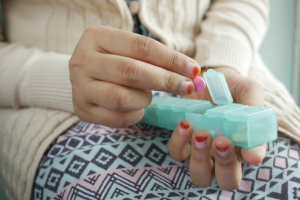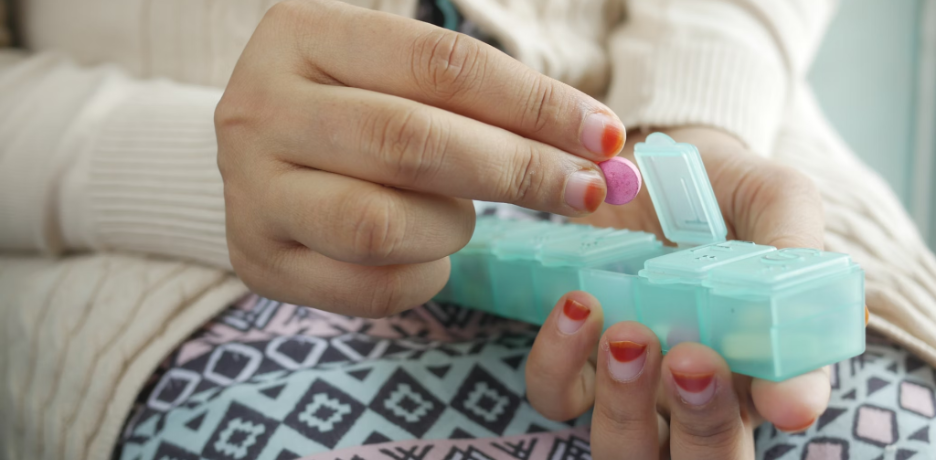Preparing your home for recovery

Activity-limiting illness and injury are surprisingly common in the US. According to the CDC, around 6% of Americans experience an injury that limits their day-to-day activities every three months.
Dealing with illness and injury can be trying at the best of times. You’re unlikely to feel your best when you’re laid up in bed and may struggle to maintain a positive mindset when rehabbing from surgery or attempting to overcome a chronic illness like diabetes or heart disease.
However, properly preparing your home can make the recovery process that much easier. Your home can have significant impacts on your mental well-being. This means that introducing simple changes can profoundly impact your mood and recovery, like adjusting your lighting, buying a new bed, or decluttering your living space.
Creating a Calming Environment
Creating a calm home environment is crucial for your recovery. You can’t expect to rest and relax if you’re constantly overstimulated in your own home and are frustrated by the build-up of clutter when you return from the hospital. You can start creating a calm home environment today by adjusting the lighting in your home. You can experiment with different types of lighting that can affect your mood, like:
- Natural Light: Sunlight can help combat anxiety and depression while aiding in the maintenance of a regular circadian rhythm.
- LED Lights: LED is customizable, meaning you can create a color scape in your home that inspires calm, safety, and recovery. For example, if you want to feel energized in the mornings, you might opt for a cool blue tone. In the evenings, you may switch to a more restful sunset orange.
- Incandescent Light: Rather than using unsustainable incandescent bulbs, opt for an LED alternative that is programmed to give off innately calming incandescent rays. Doing so will save you some cash, too, as LED bulbs are cheaper to run than authentic incandescent bulbs.
Letting plenty of natural light into your space during the day can help you find your rhythm during recovery. This is key if you’re struggling to sleep and want to support your circadian cycle. Follow up by cleaning your home if possible and opt for a few minimalist design choices that reduce visual clutter. This is crucial, as reducing clutter can mitigate anxiety, improve your sleep, and enhance your focus during the day.
Holistic Health and Safety
You won’t be able to do everything you used to be capable of when returning home from a long-term injury or illness. While this can be frustrating at first, a little holistic planning can aid your efforts to lead an independent, happy life.
If you’re still receiving treatment, consider making a sharps disposal plan that will keep you safe. Needless to say, your home isn’t safe if you’re constantly surrounded by syringes and needles. Instead of allowing these potentially dangerous items to build up, create a household sharps disposal plan that includes the following:
- Safe collection plans from medical professionals;
- Using FDA-approved containers that are designed to store needles and syringes;
- Proper labeling to sort old equipment from new;
- A mail-back program if you can’t get your waste collected from your home.
These simple steps will give you peace of mind if you need to use syringes regularly to administer treatment. Proper labeling can also help you stay on top of your medication plan. This can help you stay organized and ensure you don’t miss out on important medication.
You can follow up by planning a few additional treatment sessions with a trusted holistic healthcare provider. For example, if your primary care physician recommends rest and relaxation, you may want to consider holistic approaches to injury recovery, like massage, guided mindfulness, and spending time in nature.
Bathing and Washing
Depending on the nature of your illness or injury, you may not be able to bathe and wash yourself in the same way you used to. Even common injuries, like broken collarbones, require an adaptive approach to hygiene and self-care. However, you cannot afford to forgo regular washing, as maintaining good hygiene is central to your efforts to recover quickly.
Rather than trying to squeeze into a slippery shower, consider installing a few additional grab handles to help you maintain your balance. Alternatively, if you face an extended mobility challenge, you may want to modify your current bath entirely and opt to install a walk-in bathtub. This will ease the bathing process and help you stay safe when washing in the water.
Conclusion
Preparing your home for the recovery process can meaningfully improve your ability to rest and relax when living with a long-term illness or injury. Simple changes, like installing more grab handles and additional lighting, can keep you safe when at home alone. Just be sure to create a safety plan to deal with old medicine and sharp objects like needles. This will give you peace of mind when at home and help you focus on following your rehab plan properly.
Guest post by Charlie Fletcher
Tags: anxiety, behavioral health, long-term injury, long-term recovery, mental health, mental health awareness, preparing home, recovery, self care

